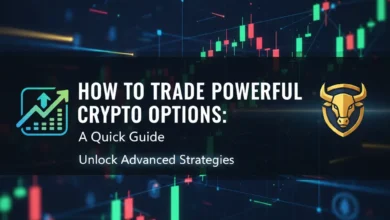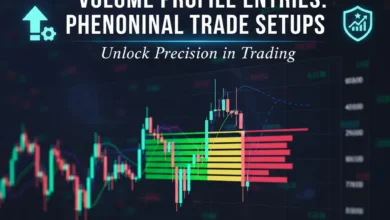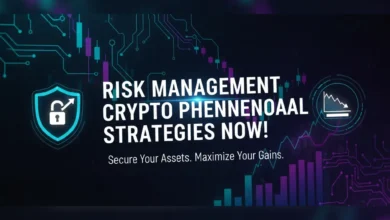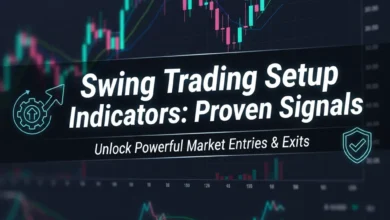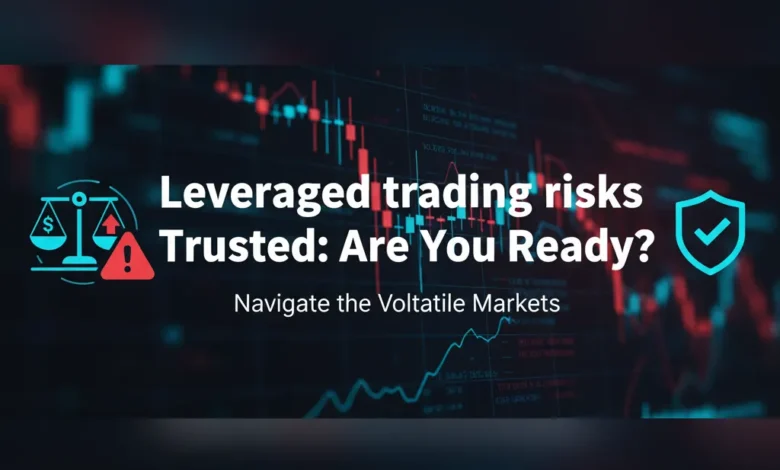
Leveraged trading risks Trusted: Are You Ready?, Leveraged trading amplifies profits, but also losses. Understand the risks and rewards before you trade. This guide, leveraged trading risks Trusted: Are You Ready?, Leveraged trading amplifies profits, still also losses. Understand the risks as well as rewards before you trade. This guide will comprehensively explore the intricacies of leveraged trading, providing you with a thorough understanding of its mechanics, potential benefits, as well as, most importantly, the inherent dangers involved. We will delve into practical risk management strategies, modern solutions, as well as expert recommendations to enable you navigate the complexities of leverage as well as make informed trading decisions.
Leveraged trading risks
Leveraged trading, at its core, involves borrowing capital to increase your potential returns. This allows you to control a larger position in the market than your actual account balance would typically permit. While this can significantly amplify your gains, it also magnifies your losses proportionally. Understanding the concept of leverage is crucial before engaging in any leveraged trading work. The higher the leverage, the greater the potential profit, still equally, the greater the potential for substantial losses.
Understanding Leverage Trading
To fully grasp leveraged trading risks, it’s essential to understand how leverage works. Leverage is typically expressed as a ratio, such as 1:10, 1:50, alternatively even 1:100. A 1:10 ratio means that for every $1 of your own capital, you can control $10 in the market. This can be very appealing, especially in markets like forex trading, where relatively small price movements can translate into significant profits when leverage is applied. However, even minor adverse price movements can quickly erode your capital when tall leverage is used. Forex trading leverage can vary widely depending on the broker as well as the regulatory jurisdiction.
Margin Trading Dangers
Margin trading is intrinsically linked to leveraged trading. Margin is the amount of capital you need to deposit with your broker to open as well as maintain a leveraged position. The margin requirement is typically a percentage of the total position size. For example, in case the margin requirement is 1%, you would need to deposit $100 to control a $10,000 position. However, in case the market moves against you, as well as your account balance falls below the required maintenance margin, you will receive a margin call.
Margin Calls: The Wake-Up Call
A margin call is a notification from your broker demanding that you deposit additional funds to bring your account back up to the required margin level. in case you fail to meet the margin call, the broker has the right to automatically close your positions to cover the losses. This can result in significant trading losses, potentially exceeding your initial investment. Understanding margin calls as well as having a plan to address them is paramount to managing leveraged trading risks. Monitoring your positions closely as well as setting stop-loss orders can enable prevent margin calls.
tall Leverage Risks
The allure of tall leverage is undeniable, especially for traders seeking quick profits. However, tall leverage risks are equally significant. With very tall leverage, even small market fluctuations can trigger margin calls as well as result in substantial losses. It’s crucial to remember that leverage is a double-edged sword. While it can amplify your gains, it can also amplify your losses to an even greater extent. The higher the leverage, the lower your margin for error.
Amplified Gains as well as Trading Losses
Leveraged trading allows you to potentially realize amplified gains on relatively small price movements. in case your analysis is correct, leverage can significantly boost your profits. However, the opposite is also true. in case your analysis is incorrect, leverage will amplify your trading losses. It’s essential to approach leveraged trading with a clear understanding of both the potential upside as well as the potential downside. Don’t let the prospect of amplified gains blind you to the very real risk of amplified losses. Always remember, the market can move unexpectedly, as well as even the most sophisticated trading strategies are not foolproof.
Risk Management: Your Shield Against Losses
Effective risk management is the cornerstone of successful leveraged trading. Without a solid risk management strategy, you are essentially gambling with your capital. Key risk management techniques include: Setting Stop-Loss Orders: A stop-loss order is an instruction to your broker to automatically close your position in case the price reaches a certain level. This helps limit your potential losses. Calculating Position Size: Carefully calculate the appropriate position size based on your risk tolerance as well as account balance. Don’t over-leverage your account.
Using Appropriate Leverage Ratios: Choose leverage ratios that are appropriate for your trading style as well as risk tolerance. Avoid using excessively tall leverage, especially when you are first starting out. Diversifying Your Portfolio: Diversifying your portfolio can enable lessen your overall risk exposure. Avoid putting all your eggs in one basket. Monitoring Your Positions Regularly: Keep a close eye on your positions as well as be prepared to take action in case the market moves against you. Staying Informed: Stay up-to-date on market news as well as economic events that could impact your trading positions.
Emerging Technologies as well as Leverage Trading
Cutting-edge innovations are transforming the landscape of leveraged trading. Algorithmic trading platforms, powered by artificial intelligence (AI) as well as machine learning (ML), are becoming increasingly sophisticated. These platforms can analyze vast amounts of data, identify patterns, as well as execute trades with speed as well as precision. However, it’s crucial to remember that even the most advanced algorithms are not immune to errors. Furthermore, the increasing prevalence of tall-frequency trading (HFT) can lead to sudden as well as unexpected market volatility, which can exacerbate the risks of leveraged trading. Traders should carefully evaluate the potential benefits as well as risks of using algorithmic trading platforms as well as remain vigilant in monitoring their performance.
Leverage Risks: The Psychological Factor
The psychological aspect of leveraged trading is often overlooked, still it’s just as essential as the technical aspects. The emotional roller coaster of potential gains as well as losses can cloud your judgment as well as lead to impulsive decision-making. Fear of missing out (FOMO) as well as the desire to quickly recoup losses can lead to over-leveraging as well as reckless trading behavior. It’s essential to maintain a disciplined approach to trading, stick to your risk management plan, as well as avoid letting emotions dictate your decisions. Consider implementing techniques like mindfulness as well as meditation to manage stress as well as boost your focus.
Expert Recommendations for Navigating Leverage
Experts consistently emphasize the importance of education, discipline, as well as risk management when it comes to leveraged trading. Here are some key recommendations: Start Small: Begin with small positions as well as gradually increase your trading size as you gain experience as well as confidence. leverage Demo Accounts: Practice trading with a demo account before risking real capital. This will allow you to familiarize yourself with the trading platform as well as test your strategies without any financial risk.
Seek Professional Advice: in case you are unsure about any aspect of leveraged trading, seek advice from a qualified financial advisor. Continuously Educate Yourself: Stay up-to-date on the latest market trends as well as trading strategies. Knowledge is your best defense against leveraged trading risks. Review Your Performance Regularly: Track your trading performance as well as identify areas where you can boost. Accept Losses as Part of the Game: Losses are inevitable in trading. Don’t let them discourage you. Learn from your mistakes as well as move on.
Current Challenges as well as Modern Solutions
One of the biggest challenges in leveraged trading is regulatory uncertainty. Regulations governing leverage vary widely across different jurisdictions, as well as they are constantly evolving. Traders need to stay informed about the regulations in their region as well as ensure that they are trading with a reputable broker that complies with all applicable laws. Modern solutions include using virtual private networks (VPNs) to access trading platforms from different locations as well as employing sophisticated security measures to protect your account from hacking as well as fraud. Moreover, many brokers now offer advanced risk management tools, such as real-time margin monitoring as well as automated stop-loss order placement, which can enable traders mitigate leverage risks.
Leveraged trading offers the potential for significant returns, still it also carries substantial risks. By understanding the mechanics of leverage, implementing robust risk management strategies, staying informed about market trends, as well as managing your emotions, you can increase your chances of success as well as minimize your potential losses. Remember that leveraged trading is not a get-rich-quick scheme. It requires discipline, patience, as well as a willingness to learn from your mistakes.

